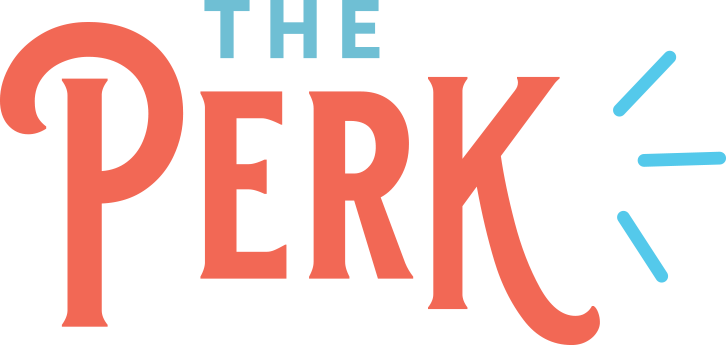Culture Community Recap: Reimagining Productivity: The Neuroscience of Achieving Balance & Well-being
In the face of rising work-related stress & burnout, achieving a harmonious work-life balance has become a paramount concern. Drawing from this webinar led by Leah Roe and Nina Nesdoly, here's a look at what stress & burnout are, the impacts they have on our brains & bodies, & how you & your teams can navigate stress, enhance productivity, & foster a balanced life.
1. The Neuroscience Behind Stress & Burnout
When we experience stress or burnout, our brains & bodies undergo several significant changes that can impact our overall well-being & performance.
Brain's Response to Stress:
Stress triggers a physiological response in our bodies, often referred to as the "fight or flight" response. This involves the release of stress hormones like cortisol & adrenaline, which prepare our bodies to face a perceived threat by increasing heart rate, blood pressure, & energy supplies.
Chronic stress can lead to an overactivation of this stress response, causing wear & tear on the body & leading to various health issues, including anxiety, depression, digestive problems, & heart disease.
What is Burnout?:
Burnout is a state of chronic stress, meaning stress sustained over long periods of time. It leads to physical, emotional, & mental exhaustion.
Burnout affects the brain's structure & functioning. For example, it can diminish the connection between the amygdala (involved in emotional processing) & other brain regions responsible for regulation & control. This diminished connection can make it difficult for individuals experiencing burnout to regulate their emotions effectively.
The constant state of stress & overexertion without adequate recovery disrupts the brain's ability to function optimally, impairing cognitive abilities like concentration, creativity, & decision-making.
Recovery and the Default Mode Network:
The webinar also touches on the importance of recovery through engaging the brain's Default Mode Network (DMN). The DMN is active when we're not focused on the outside world but engaged in introspection, daydreaming, or recalling memories. It plays a crucial role in creativity, problem-solving, & consolidating memories.
Allowing the brain to enter this restful state is crucial for recovery from work-related stress & preventing burnout. Activities that promote detachment from work & stimulate the DMN, such as hobbies, exercise, or simply allowing the mind to wander, are essential for mental health & well-being.
Stress & burnout initiate a cascade of physiological & neurological responses that, if left unaddressed, can lead to significant health issues & diminished quality of life. Understanding these mechanisms is the first step towards implementing effective strategies for stress management & burnout prevention.
2. So How Do I Manage Stress & Prevent Burnout?
Here are 7 actionable tips Nina shared to help decrease your stress levels & prevent widespread burnout.
Implement a Culture of Recognition:
Cultivate an environment where team members & colleagues feel valued & appreciated. Acknowledge not just the achievements but also the effort & unique qualities each person brings to the team. This fosters a positive workplace culture & significantly reduces stress.
Prioritize Personal Well-being:
Nina Nesdoly's personal journey emphasizes the importance of putting your well-being first. By ensuring that your health & happiness are priorities, you can maintain high productivity levels without succumbing to burnout.
Understand the Neuroscience of Stress:
Gaining insight into how our brain & body respond to stress & recovery can guide us in creating a work-life structure that supports our well-being. Knowledge of neuroscience-backed strategies can be a game-changer in managing stress.
Establish Clear Boundaries:
Set definitive boundaries between your work & personal life. Use sensory cues, like changing scents or clothing, to signal the end of work time, helping your brain to switch off from work-related thoughts & fully engage in personal time.
Take Regular Breaks:
Integrate short, frequent breaks into your workday to prevent mental fatigue & maintain consistent productivity. This aligns with our neurological needs for rest & can drastically improve work performance.
Engage in Recovery Activities:
Actively participate in activities that alleviate stress & promote recovery outside of work hours. Whether it's exercise, hobbies, or spending time with loved ones, these activities are crucial for mental health & preventing burnout.
Reframe Tasks with Mindful Language:
Shift your perspective on work tasks by changing absolutes like "I must" or "I have to" to preferences such as "I would prefer." This simple change in language can reduce the perceived pressure & open up alternative, less stressful ways of achieving your goals.
By understanding the underlying neuroscience & adopting practical strategies, individuals can achieve a healthier work-life balance, leading to enhanced productivity & overall well-being!
Yeah you do!
Click here for the Event RecordingPssst...I LOVE connecting with & growing my community! Feel free to connect with me on LinkedIn - see you there! 🤗


